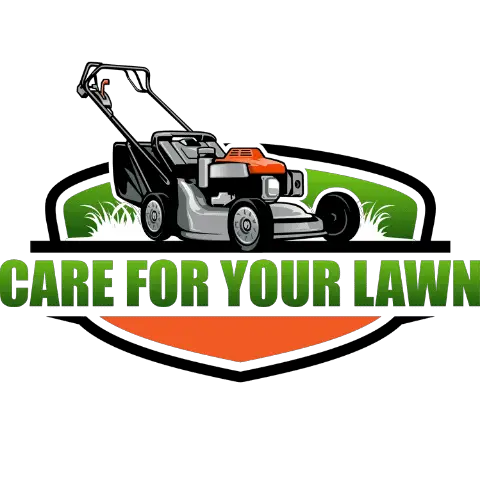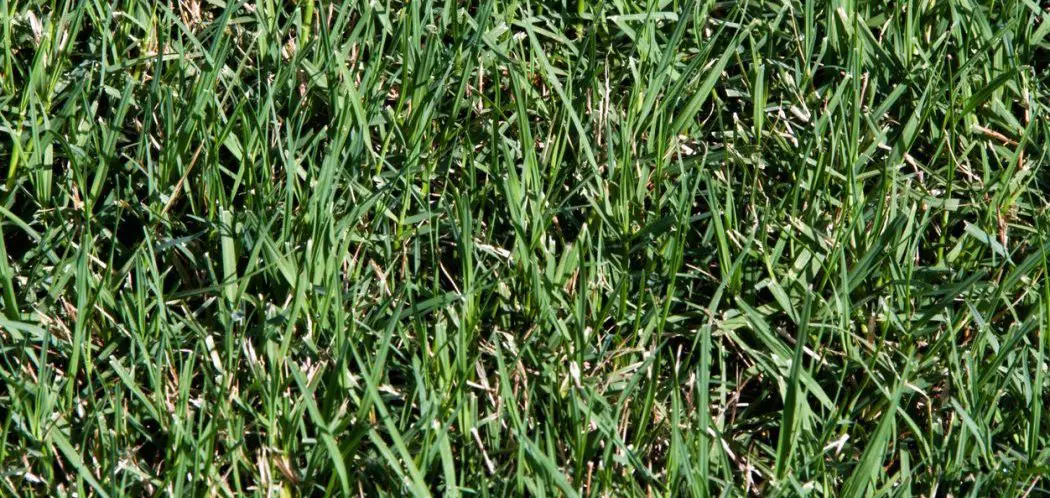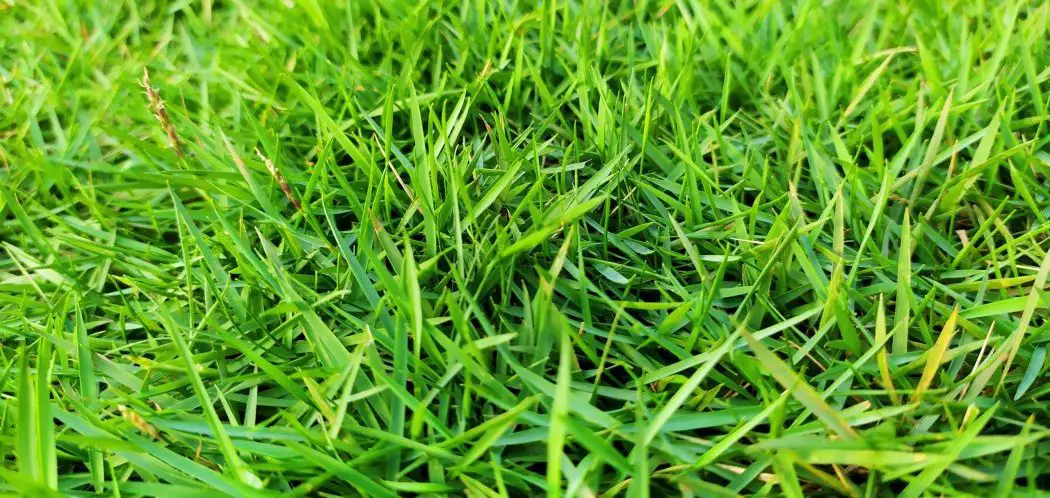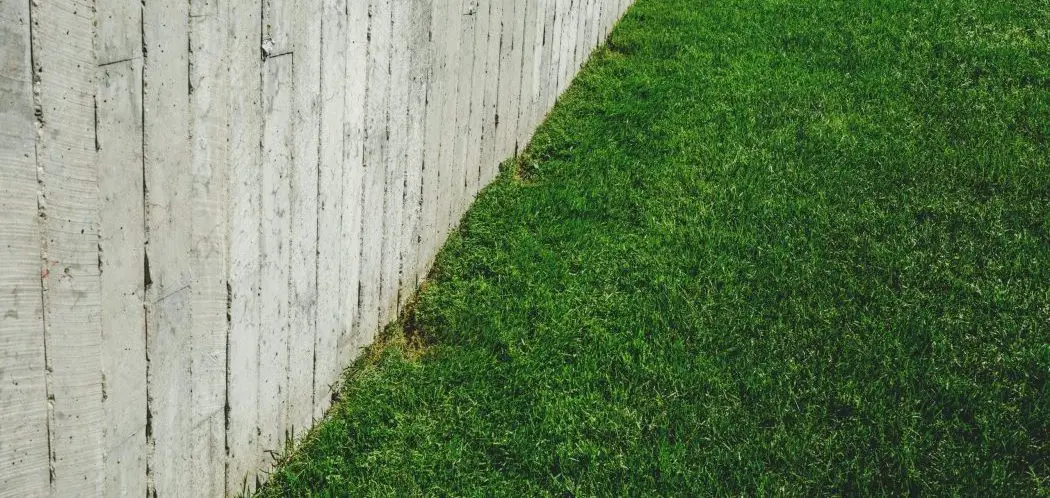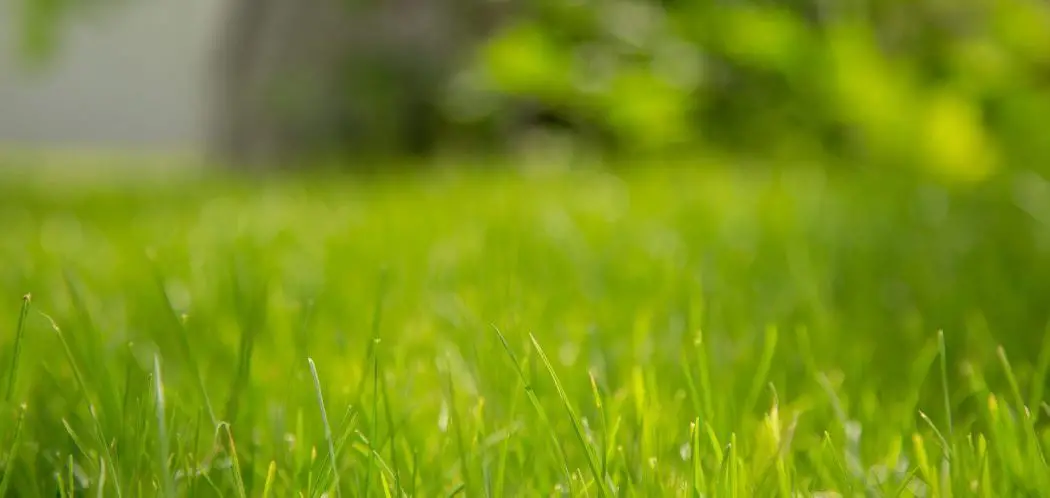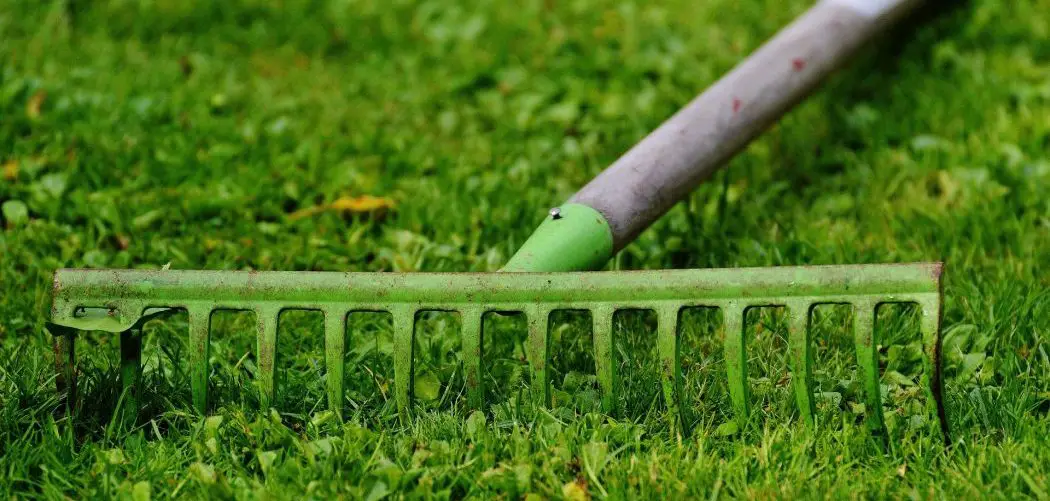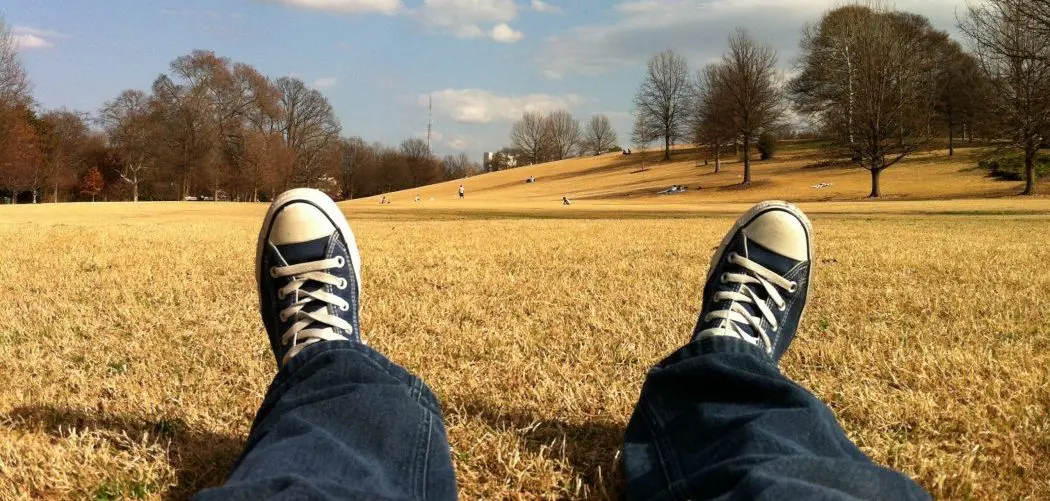There are several types of grass out there, but by far, centipede grass is the easiest to take care of.
Centipede grass thrives in the heat, and as a result is found mostly in southern regions.
It doesn’t require much fertilizer or maintenance, which has led many people to nickname it “The Lazy Man’s Grass.” However, this is a common misconception, as Centipede grass can be finicky and will still need some proper maintenance.
Keeping healthy Centipede grass is just a matter of knowing its specific needs.
Pros of Having Centipede Grass
Many people are quite fond of their Centipede grass thanks to the few requirements it has.
As we just mentioned, Centipede grass grows slowly, which means people find themselves mowing the grass far less often than they would with another type of grass.
It also doesn’t need many nutrients, meaning it can grow in less than ideal soil conditions.
In fact, Centipede grass is known for growing in sidewalks and even patios. Not to worry though, it can be easily trimmed before it gets out of control.
Cons of Having Centipede Grass
With the good comes the bad, and this also applies to Centipede grass.
One of the downsides of having this type of grass is that it simply cannot tolerate cold weather.
This means that the areas you can grow it in become very limited.
But just because Centipede grass can’t tolerate the cold, it also doesn’t mean it can survive through a drought either. It needs to be watered pretty often, especially during times when rainfall has been sparse.
Centipede grass does not like to grow in soil with too much alkaline because of the fact that alkaline soils tend to block iron.
As we mentioned earlier, Centipede grass needs iron to keep its healthy green color.
Moreover, Centipede grass does not like to grow in the shade so it’s important to give it as much sunlight as possible.
When does Centipede grass go dormant?
Many types of grass go through a dormant phase, usually during winter but centipede grass usually doesn’t go dormant. Unlike many warm weather grasses, Centipede grass doesn’t lose its color during the winter.
However, this may also cause it to sustain significant damage during cold weather.
If the temperatures drop to below 20 degrees, your Centipede grass may not survive.
Other Centipede Grass Characteristics
As mentioned earlier, Centipede grass grows best in warm and humid weather. This means that it grows best during the warmer seasons.
Despite being easy to maintain, Centipede grass is high-maintenance in other ways. For example, it requires a specific type of soil for it to grow successfully in.
Centipede grass grows best in sandy soils that have limited nutrients in them. In fact, it can even tolerate acidic soil much more than other types of grass can.
However, it’s important to keep Centipede grass full of iron as iron deficiencies can cause the blades to turn yellow. You can easily figure out what your grass may need by testing out the soil for yourself.
When it comes to growth, Centipede grass doesn’t grow as quickly as other grasses do.
Centipede grass spreads by “stolons,” which are above ground stems. A new blade of grass typically sprouts on a node that is attached to the stolon.
Maintaining Your Centipede Grass
Height
Centipede lawns need to be kept at a height of 1 ½ to 2 inches. If you allow your grass to grow any further, it will start to deteriorate quickly.
Water
When it comes to watering your Centipede grass, it is vital to keep it hydrated. Centipede grass is shallow rooted and therefore needs consistent water. If there is a drought happening in your area, you should try and water your Centipede grass as often as possible.
You will be able to tell when your grass needs watering the moment it starts to change colors. Another sign of dehydration is when your grass doesn’t spring back up after walking on it. The best way to make sure your grass is getting enough water is to make sure the soil is still wet three to four inches in.
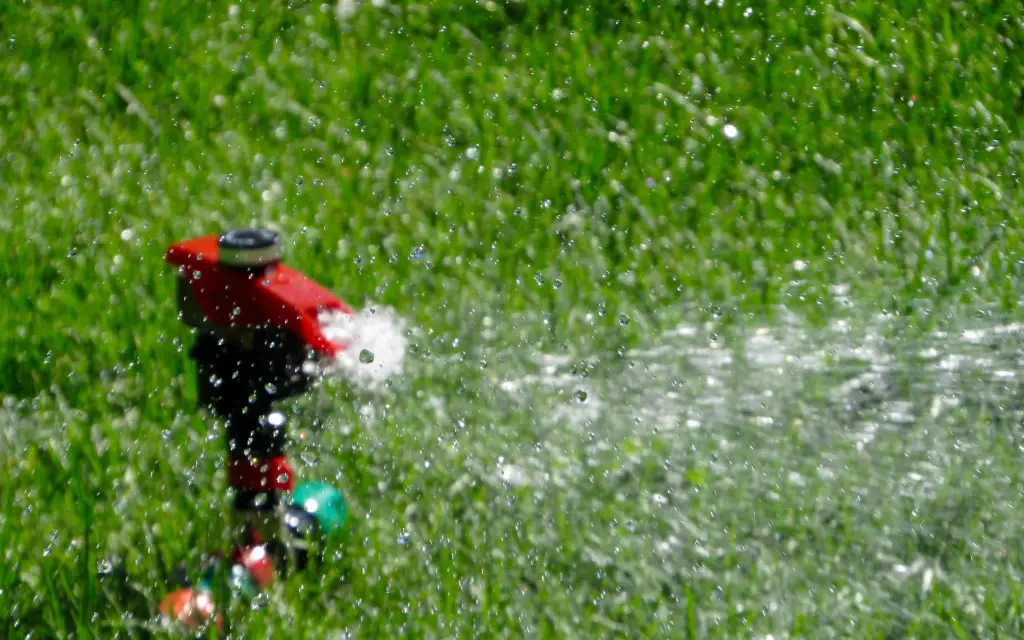
The type of soil that you have also determines how often you should be watering your Centipede grass. If your grass is growing in sandy soil for example, you may need to water it more often than you normally would since sandy soil does not hold water very well.
If your grass is growing in clay soils, you don’t need to water as often. Clay soils tend to compact rather easily meaning your grass is getting less water and air.
Thatch
You want to make sure that you are keeping thatch from growing on your Centipede grass as well. Thatch is the result of build-up in your grass that includes things such as grass clippings, shed roots, and other debris commonly found in your yard.
If the thatch is too thick, it can form a barrier between your grass and the soil, meaning your grass isn’t getting the nutrients it needs.
A good way to prevent this from happening is by aerating your soil using a core aerator. Top-dressing is also a good alternative and spreading a thin layer over your lawn will redistribute microorganisms that will in turn feed on the thatch.
Fertilization
The fertilization process is another one that you should keep in mind. Although you should really be fertilizing your Centipede grass twice a year, it will still survive if you only do it once.
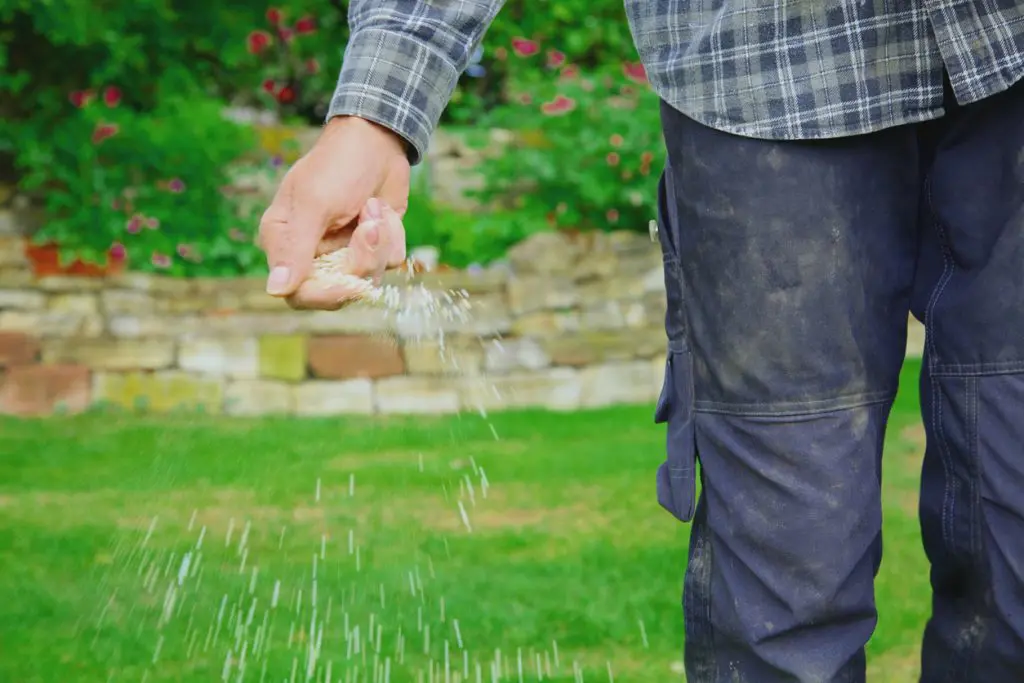
Planting New Centipede Grass
Centipede grass can be easily planted in sod, plugs, or even seed.
If you are new to the world of Centipede grass, any of these options are good, depending on how quickly you want to see results.
Planting sod is the quickest way to get the lawn you want, although plugs are a good alternative. However, if you are planting plugs, be sure to space them one foot apart. Make sure that you cover the stolons with soil, but that the soil is shallow enough that it will encourage rooting.
Be sure not to cover the grass blades, otherwise you will be blocking the sunlight from reaching your grass.
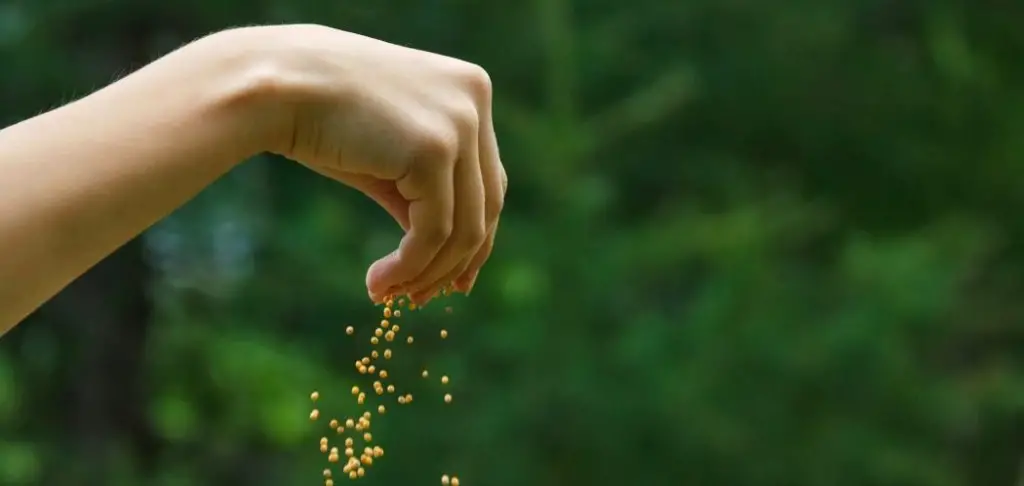
Be patient
Centipede grass grows slowly at first, but with proper maintenance and care, your Centipede grass will be thriving before you know it.
Centipede Grass Diseases to Look Out for
Like with other types of grass, Centipede grass is prone to disease.
The best way to tell what type of grass disease you are dealing with is by looking at the color of your grass.
If your grass is starting to grow in brown patches, this could be a sign of Webby mycelium, a type of mold that grows on Centipede grass during humid and wet seasons. This mold spreads easily, so it’s important to catch it as soon as possible.
You can use a fungicide to treat the grass if it’s too far gone. However, if you’ve managed to catch it in time, the grass could clear on its own once the humidity starts to die down. Once the soil starts to dry, the mold will no longer be able to grow.
Insects in centipede grass
Insects can also be a major problem for centipede grass.
Grub worms and spittlebugs are its most common predator.
White grubs tend to chew through your grass’s roots, causing large areas of your grass to suffer damage. A good way to check and see if this is the problem is to peel back a section of your grass so you can get a good look at your roots.
Once you’ve done this, you can usually spot the grubs. One or two shouldn’t be too much of an issue and can simply be removed. However, if you have any more than that, you may need to use insecticides.
Nematodes are another insect that can devastate your Centipede grass.
Like the grubs, these insects also live in the roots of your grass and will easily tear through them, killing your grass off in the process. Unfortunately, because nematodes are so small, they won’t be as easy to spot as the grubs may have been.
To check and see if you have nematodes residing in your lawn, you can take a sample of the grass and bring it to an expert to be checked.
In Summary
As you can see, Centipede grass comes with both its positives and negatives.
While it can be a difficult grass to grow from scratch, once you have it established, it is easy to take care of. This is all thanks to the fact that it doesn’t need much fertilizer to survive and can thrive in extreme heat.
Keep in mind that despite its resilience, Centipede grass will still need to be watered often and fertilized twice a year.
Finally, your Centipede grass should always be in direct sunlight so as to give it the nutrients it needs.
